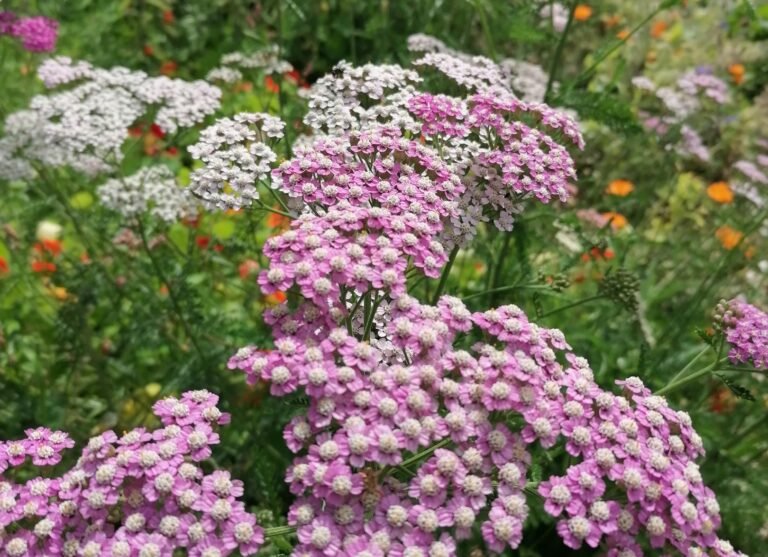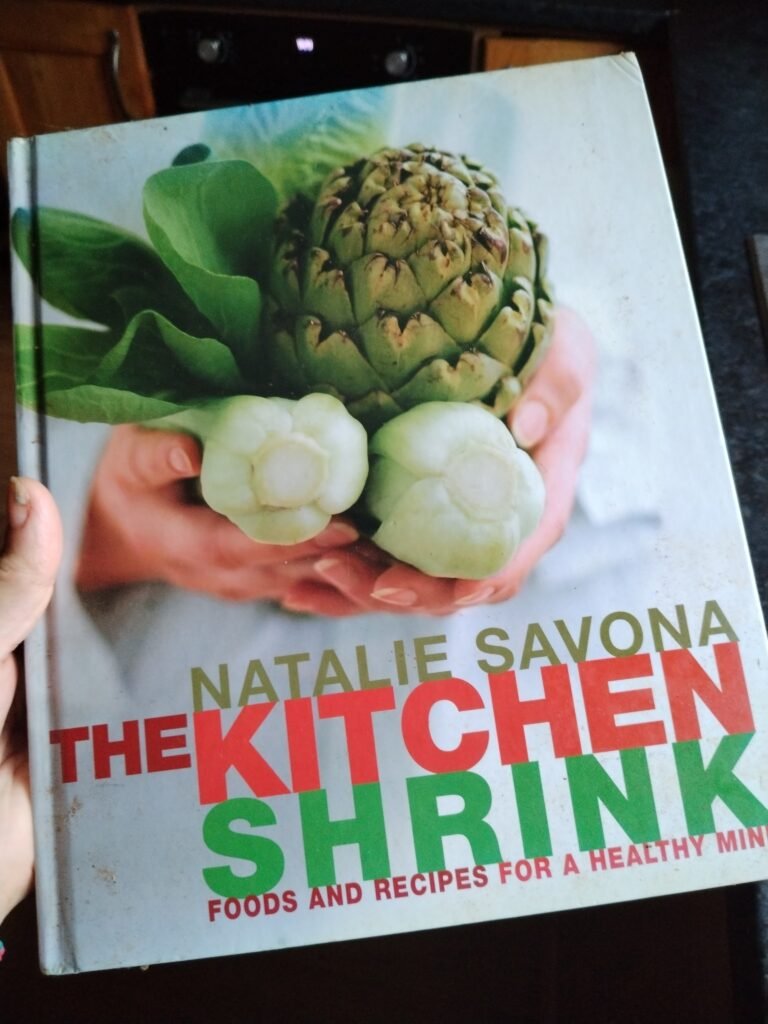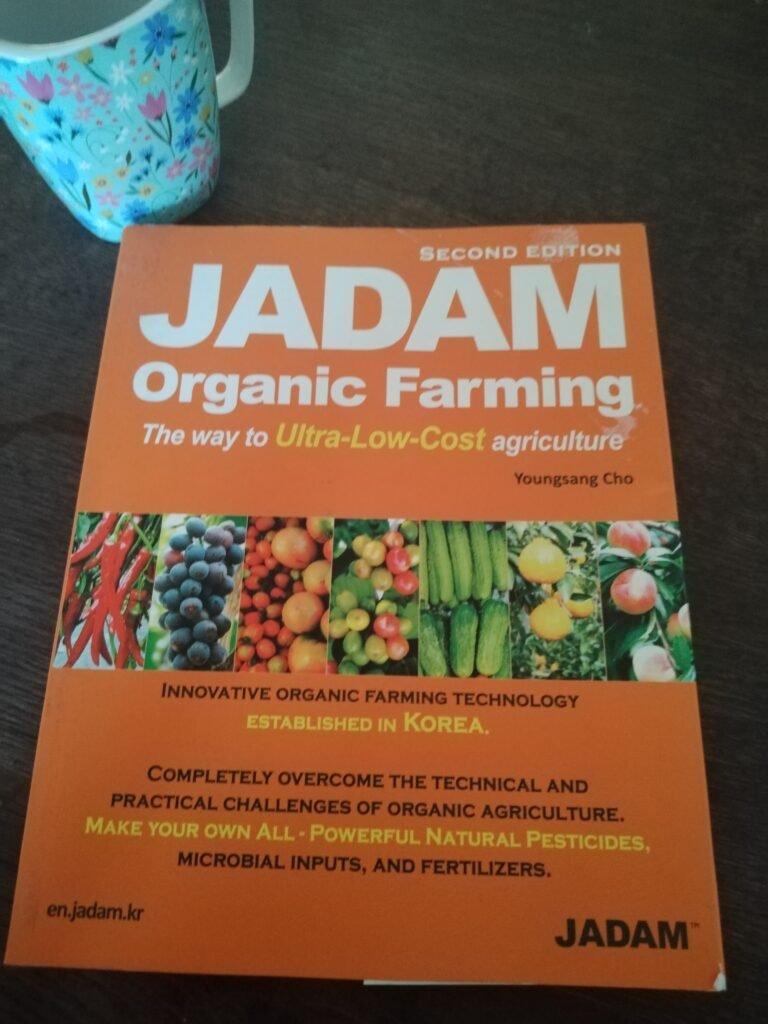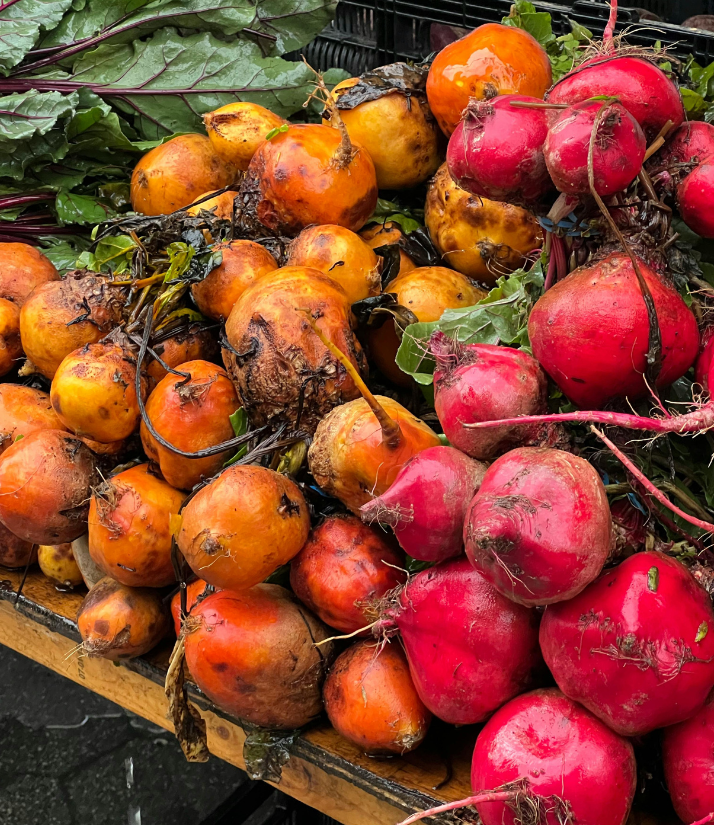
Introduction
January marks the beginning of an exciting journey in the garden, offering not just the promise of fresh produce but a path to better mental and physical wellbeing. There’s something incredibly therapeutic about planning your garden during these quiet winter months, as you flip through seed catalogs and dream of summers lush growing adventures.
Research shows that gardening can reduce stress levels by up to 40%, making it a perfect antidote to our busy modern lives. Growing your own food isn’t just good for the soul – it’s also a powerful way to ensure your family has access to fresh, chemical-free produce packed with nutrients. Studies have found that homegrown vegetables can contain up to 40% more antioxidants than their store-bought counterparts.
As we shelter from January’s chill, this is our time to map out a year of growing adventures and start some early seeds indoors. Whether you’re a complete beginner or a seasoned gardener, January offers a fresh start and endless possibilities. The simple act of sowing a seed connects us to the natural world and its rhythms, providing a sense of purpose and achievement. Even in the depths of winter, your windowsill can become a mini nursery, nurturing the first seeds of the year.
For new gardeners, starting in January might seem counterintuitive, but it’s actually perfect timing for many crops. This month sets the foundation for your entire growing season, from ordering seeds to preparing your soil. Planning now means you’ll be ready to hit the ground running when spring arrives, with strong, healthy plants ready to thrive. Remember, every expert gardener started as a beginner, and January is the ideal time to join their ranks. Let’s embrace this month of possibilities and start our gardening journey together!
Indoor Sowing Essentials
Don’t let the winter weather stop you from getting your hands dirty – your windowsill can become a thriving nursery with just a bit of creativity! I love using recycled containers for starting seeds, and you’d be amazed at what you can repurpose from your kitchen.
Those egg cartons you’re about to recycle? They’re perfect little homes for your seedlings, and toilet paper rolls make brilliant biodegradable pots. My personal favorite hack is cutting milk cartons lengthwise – they make fantastic mini greenhouses, especially for those early tomatoes and peppers. And here’s a money-saving tip: you don’t need fancy seed trays to get started, though you’ll definitely want to invest in good quality compost.
Here’s what you can start sowing indoors this January:
- Onions (especially varieties like ‘Sturon’ and ‘Red Baron’)
- Leeks (perfect for next winter’s soups!)
- Early celery (though it needs careful attention)
- Peppers and chilies (they need a long growing season)
- Early tomatoes (if you have a heated propagator)
- Aubergines (eggplants for our American friends)
- Early lettuce varieties for windowsill growing

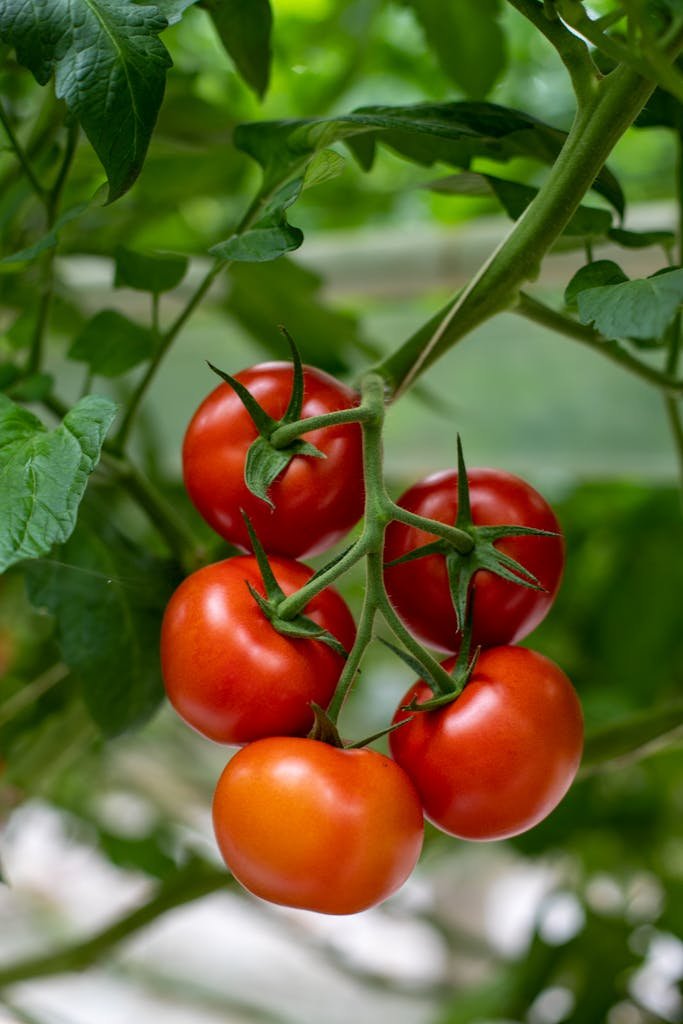


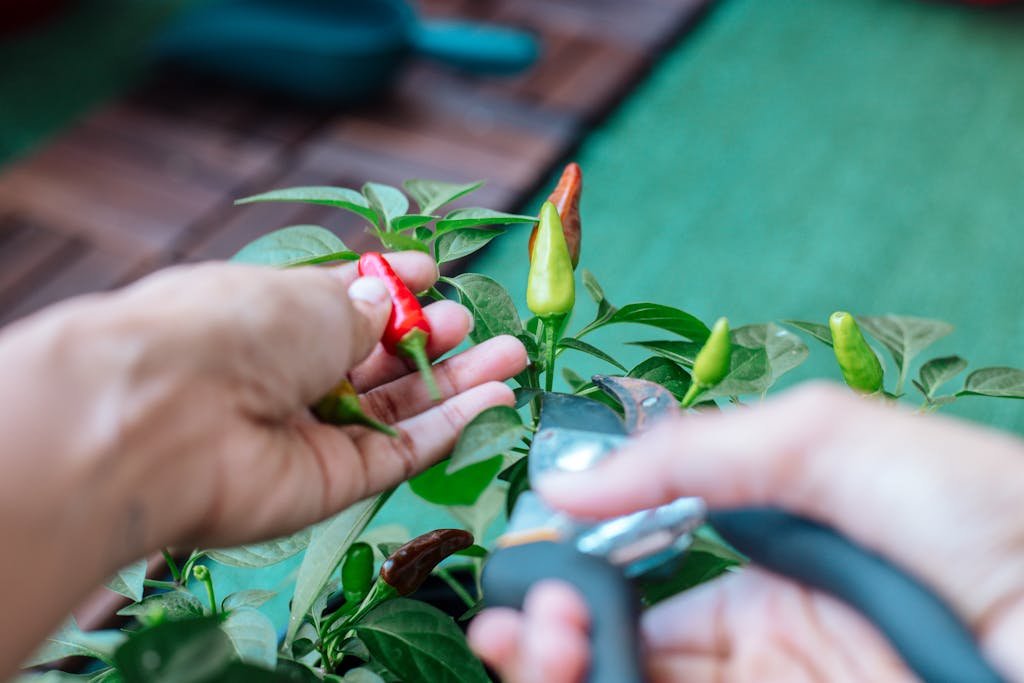
Cold Stratification Guide
Here’s something that confused me when I first started gardening – why wouldn’t some of my flower seeds sprout? Turns out, many seeds need a winter chill to wake up! Think of it as their natural alarm clock. I’ve written a detailed guide about cold stratification ‘Cold Stratification Made Easy: Wake Up Your Seeds!‘, but let me share the basics here. It’s actually quite fun setting up your seeds for their winter nap in the fridge – just remember to label everything clearly, or you might find yourself explaining to family members why there are soil-filled bags next to the butter!
Seeds that need cold stratification:
- Many native wildflowers (like poppies)
- Lavender and other hardy herbs
- Alpine plants
- Certain tree seeds
- Some perennial flowers
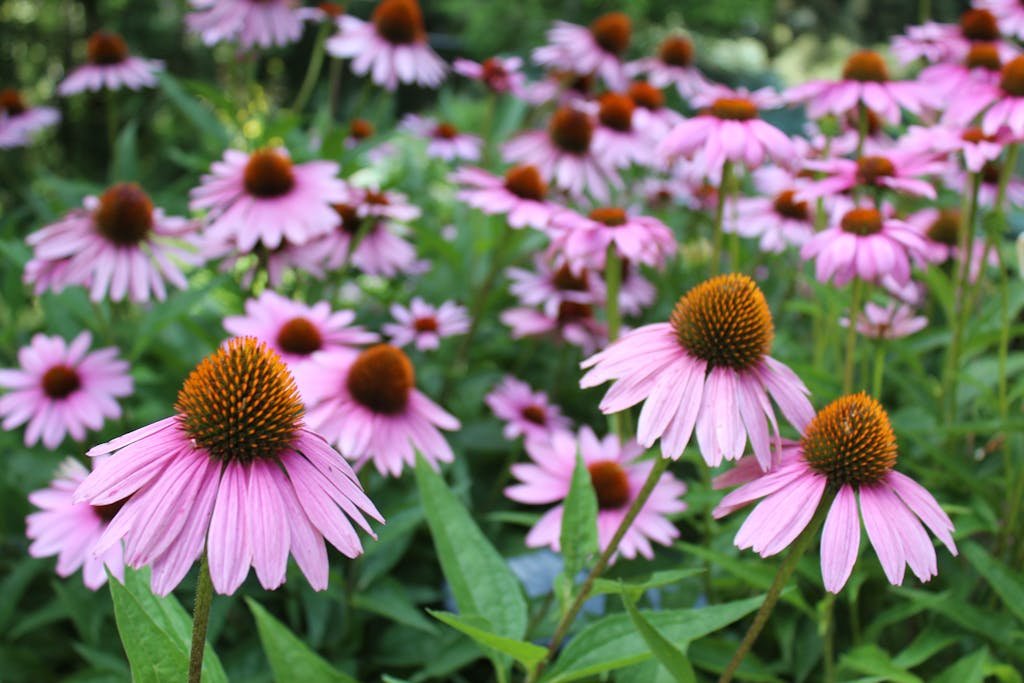


Outdoor Garden Tasks
You might be tempted to stay cozy indoors during January, and I don’t blame you! But those rare sunny winter days are absolute gold for gardeners. I always keep an eye on the weather forecast and plan my outdoor jobs around the dry spells. Last January, I learned the hard way that trying to work with wet soil just creates more problems later – patience really is key here! Some of my most productive garden days have been on crisp, bright January mornings, with a thermos of hot tea for company.
Essential outdoor tasks for January:
- Clean and organize your greenhouse or polytunnel
- Check fences and repair any storm damage
- Remove any remaining dead plants and debris
- Top up mulch on existing beds
- Protect overwintering vegetables with fleece
- Check stored bulbs and tubers for signs of rot
Protected Growing Techniques
Let me tell you a secret – my polytunnel is my winter sanctuary! Even on the coldest January days, it can feel like a little piece of spring in there. When I first started gardening, I thought winter meant everything had to stop, but discovering protected growing changed everything. These days, I spend many happy hours pottering in my polytunnel, and yes, sometimes I just sit in there with a cup of tea to escape the winter weather! Whether you have a full greenhouse or just a few homemade cloches, protected growing can really extend your season.
Essential protected growing tasks:
- Clean greenhouse/polytunnel glass or plastic to maximize light
- Check ventilation – good airflow prevents mold
- Install thermometers to monitor temperature
- Use bubble wrap for extra insulation
- Set up water collection systems for spring
Early Outdoor Planting Guide
Believe it or not, there’s quite a bit we can plant outside in January – if we’re smart about it! I learned this the hard way my first year, when I enthusiastically planted everything out only to lose it all to frost. Now I know that success comes down to choosing the right varieties and providing proper protection. Think of it like tucking your plants in with a cozy winter blanket – fleece covers, cloches, and cold frames are your best friends right now.
Hardy vegetables you can sow now:
- Broad beans (Bison is my favorite winter variety)
- Early peas (under cloche protection)
- Garlic (if you missed autumn planting)
- Winter lettuce (with protection)
- Spring onions (in sheltered spots)


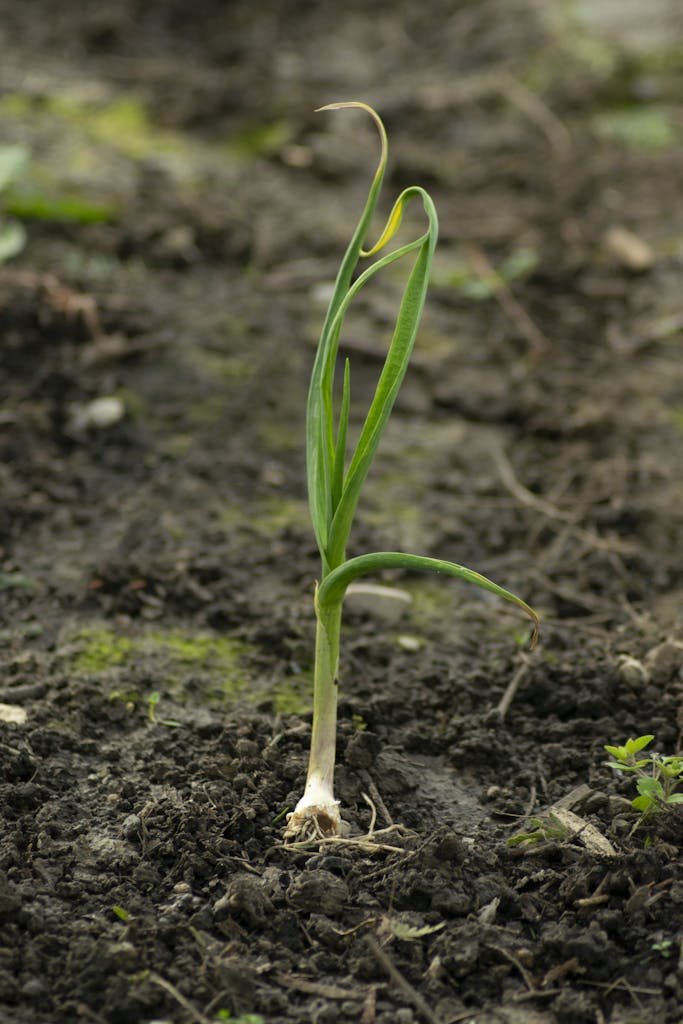
Understanding Irish Growing Zones
When I first started gardening, I was forever frustrated by following UK or American planting calendars that just didn’t work here in Ireland! Our mild, maritime climate is actually quite special, and once you understand it, you can really make it work in your favor. Those Zone 8-9 ratings might sound technical, but they’re really just a way of understanding what will grow well in our gentle winters and cool summers. I’ve found that creating mini-microclimates in my garden – like sunny walls and sheltered corners – can actually push these boundaries even further.
Key climate considerations:
- Average last frost dates for your area
- Typical rainfall patterns
- Wind exposure and shelter
- Local microclimate opportunities
- Historical weather patterns
Tool Maintenance and Garden Preparation
January might seem quiet in the garden, but it’s actually the perfect time to get all those maintenance jobs done that we never have time for during the growing season. I dedicate one rainy January weekend to tool maintenance – there’s something deeply satisfying about cleaning and sharpening tools while listening to the rain outside. Think of it as giving your garden tools a spa day! And trust me, you’ll thank yourself in spring when everything is clean, sharp, and ready to go.
Essential maintenance tasks:
- Clean and oil all metal tools
- Sharpen secateurs, spades, and hoes
- Check and repair garden structures
- Clean and organize pots and trays
- Service power tools if needed
Planning and Organization
Grab yourself a cup of tea and get comfortable – this is the fun part! January planning sessions are one of my favorite gardening traditions. There’s something so exciting about sitting down with fresh seed catalogs and a blank garden plan. I still remember my first attempt at garden planning – I tried to squeeze in enough vegetables to feed a small village! Now I know better, and I actually look forward to these cozy planning sessions. They’re like plotting a grand adventure that will unfold over the coming months.
Key planning tasks:
- Draw your garden layout (graph paper is perfect for this)
- Check your seed stock and make your wish list
- Plan your crop rotation
- Create a month-by-month sowing calendar
- Set up your garden journal for the year
Essential Tools and Supplies
Let me tell you about my first January as a gardener – I waited until March to check my tools, only to find my secateurs were rusty and my spade handle was loose! January is actually the perfect time to sort out your garden toolkit. I now make it a kind of meditation – there’s something deeply satisfying about cleaning and sharpening tools on a wet winter day. And trust me, your future self will thank you when spring arrives!
January tool checklist:
- Clean and oil hand tools
- Sharpen blades
- Check electric tools
- Organize seed storage
- Stock up on labels and string
- Check plant supports and canes
Next Steps
The gardening year is like a good story – it needs a strong beginning to set everything up for success. January might seem quiet, but it’s actually setting the stage for your entire growing season. I always try to remember that every expert gardener started exactly where you are now – making plans, sowing seeds, and hoping for the best. The most important thing is just to get started, even if it’s just with a few seeds on your windowsill.
Planning checklist:
- Order seeds early (popular varieties sell out fast!)
- Set up your growing space
- Start your garden journal
- Join local gardening groups
- Remember – small steps lead to big harvests!
Learn from the Experts
You know what’s amazing about gardening today? We can learn from some of the best gardeners in the world right from our own homes! I remember stumbling across Charles Dowding’s no-dig videos late one January evening, and it completely transformed how I prepare my beds. His gentle, methodical approach makes so much sense for our Irish climate.
Recommended YouTube Channels and Social Media:
- Charles Dowding – Essential no-dig techniques and timing tips
- Homegrown Garden by Liz Zorab – Practical advice for self-sufficiency
- Huw Richards – Young gardener with brilliant money-saving tips
- The Irish Gardener (@theirishgardener) – Local growing advice on Instagram
- GIY Ireland (@giyireland) – Community growing initiatives and seasonal tips
Must-Read Books:
- “Organic Gardening” by Charles Dowding – Perfect for understanding no-dig methods
- “The Irish Gardener’s Handbook” by Joyce Russell – Specifically written for our climate
- “How to Create a New Vegetable Garden” by Charles Dowding – Great for beginners
- “The Year-Round Vegetable Gardener” by Niki Jabbour – Essential for extending seasons
- “Irish Garden Magazine’s Guide to Raised Beds” – Local expertise for Irish conditions
Local Resources:
- Irish Seed Savers Association – Heritage varieties perfect for Irish gardens
- GIY Ireland Community Groups – Connect with local gardeners
- County Council Garden Schemes – Many offer free workshops
- Local Garden Centers – Often run seasonal workshops
- Irish Garden Plant Society – Excellent for learning about native plants
Embracing Your January Garden Journey
As we wrap up our January gardening guide, remember that every expert gardener once started exactly where you are now – planning, dreaming, and maybe feeling a bit overwhelmed by all the possibilities! I still remember my first January as a gardener, armed with nothing but enthusiasm and a stack of seed catalogs. What I’ve learned since then is that January isn’t just about waiting for spring – it’s about laying the groundwork for a successful growing year. The quiet moments spent planning now will save you countless hours of chaos later. Think of January as your garden’s foundation month – just like a house needs strong foundations, your garden needs this planning time to truly thrive.
The beauty of gardening in Ireland is that we can work with our mild climate rather than against it, even in the depths of winter. Whether you’re starting seeds on your windowsill, cleaning your greenhouse, or just dreaming about summer harvests, every small action this month counts. Remember, you don’t need to do everything at once – even experienced gardeners like Charles Dowding advocate for starting small and building gradually. Join your local gardening community, either in person or online – Irish gardeners are always happy to share their knowledge and experiences. Keep your garden journal close, noting down your plans, successes, and yes, even the failures – they’re all part of the learning journey!
Take advantage of these quiet winter days to research, learn, and prepare. Before you know it, spring will arrive with all its busy excitement, and you’ll be grateful for every minute of January planning you did. Most importantly, enjoy this time – gardening should bring joy, not stress. Now, grab that cup of tea, open your garden journal, and let’s get planning. Your future summer self will thank you!

